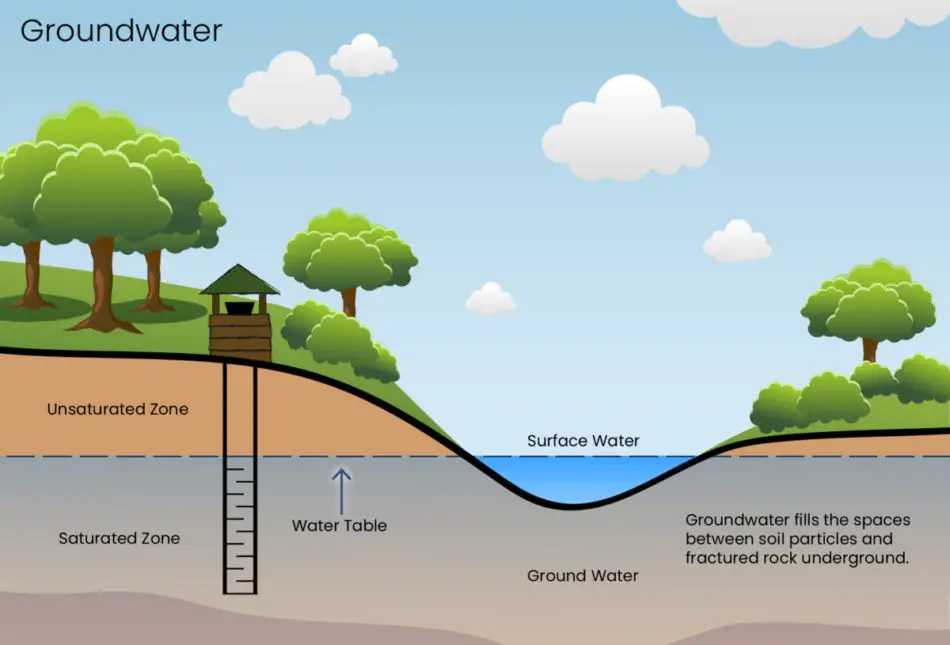
Cost depletion is one of two accounting methods used to allocate the costs of extracting natural resources, such as timber, minerals, and oil, and to record those costs as operating expenses to reduce pretax income. The yearly depletion cost is based on the units extracted or used for a given time period. Cost depletion is typically part of the „DD&A“ (depletion, depreciation, and amortization) line of a natural resource company’s income statement. Depletion is similar to depreciation, which is used to allocate the cost of tangible assets like factories and equipment over their useful lives. Depletion is used for natural resources, which can include minerals, ore, oil, gas, and timber.
- The economic life of a car may be 7 years and its physical life may be 10 years, but if a company has a policy of trading cars every 3 years, the useful life for depreciation purposes is 3 years.
- In addition, Pensive Oil estimates that it will incur a site restoration cost of $57,000 once extraction is complete, so the total depletion base of the property is $600,000.
- Under these provisions, a producer is allowed to deduct an arbitrary fixed percentage of gross income as a depletion expense without regard to the historical cost of the property.
- From an accounting perspective, it is a charge against the recorded asset value of a natural resource.
- But as with most corporate accounting issues, it’s essential to get advice from a trained professional, preferably someone who deals with depletion issues on a regular basis.
- Where depletion differs is that it refers to the gradual exhaustion of natural resource reserves, as opposed to the wearing out of depreciable assets or aging life of intangibles.
Percentage Depletion Method
There are a number of different methods that can be used to account for depletion. The most common method is the straight-line Depreciation method, which allocates the depletion expense evenly over the estimated economic life of the natural resource. Other methods include the units-of-production method and the percent-of-revenue method. This calculation accounting provisions sample clauses results in a depletion expense per unit that is charged against the revenue generated from the natural resource. The other method of depletion is percentage depletion, which is calculated by multiplying the gross income received in the tax year from extracting a resource by an IRS-determined percentage established for each resource.
Step 1: Determination of the depletion base:
More than one person (or company) can have an economic interest in a mineral deposit or timber land. The IRS defines an economic interest as having any interest in mineral deposits or standing timber and a legal right to income from mineral extraction or timber harvesting. Cost depletion (which is required under GAAP) should not be confused with percentage depletion deductions allowed by the income tax laws. Founded in 1993, The Motley Fool is a financial services company dedicated to making the world smarter, happier, and richer.
Do you own a business?

The property’s basis is distributed among the total number of recoverable units. As natural resources are extracted, they are counted and taken out from the property’s basis. The estimated amount of a natural resource that can be recovered will change constantly as assets are gradually extracted from a property. As you revise your estimates of the remaining amount of extractable natural resource, incorporate these estimates into the unit depletion rate for the remaining amount to be extracted. Thus, if you extract 500 barrels of oil and the unit depletion rate is $5.00 per barrel, then you charge $2,500 to depletion expense.
Methods for Computing Depreciation
Depletion is the process by which natural resources lose their benefits as they are removed. It follows the same process used in Depreciation, which is an accounting technique used to allocate the cost of tangible assets over their useful lives. This means the unit depletion charge will increase to $1.61 ($450,000 remaining depletion base / 280,000 barrels). This means that the unit depletion charge will increase to $1.61 ($450,000 remaining depletion base / 280,000 barrels).
Then, multiply this figure by the number of units of goods or services produced during the accounting period to find the period’s depreciation expense. The percentage depletion method gives a fixed percentage of the gross income obtained from a natural resource. If a company has $5 million in gross income from a resource and wants to use a 15% depletion rate over a given period, its depletion deduction would amount to $750,000 million. Cost depletion is calculated by taking the property’s basis, total recoverable reserves and number of units sold into account.
The Motley Fool reaches millions of people every month through our premium investing solutions, free guidance and market analysis on Fool.com, top-rated podcasts, and non-profit The Motley Fool Foundation. There are three steps involved in computation of depreciation under depletion method. For information pertaining to the registration status of 11 Financial, please contact the state securities regulators for those states in which 11 Financial maintains a registration filing. 11 Financial may only transact business in those states in which it is registered, or qualifies for an exemption or exclusion from registration requirements.
In the first year, Pensive Oil extracts 100,000 barrels of oil from the well, which results in a depletion charge of $150,000 (100,000 barrels x $1.50 unit depletion charge). Depletion is an accrual accounting technique used to allocate the cost of extracting natural resources such as timber, minerals, and oil from the earth. Depletion is the reduction in the amount of a natural resource, such as minerals or timber. From an accounting perspective, it is a charge against the recorded asset value of a natural resource. This charge is made in each reporting period, in an amount that reflects the level of asset usage during the period. Depletion for accounting and financial reporting purposes is meant to assist in accurately identifying the value of the assets on the balance sheet and recording expenses in the appropriate time period on the income statement.





